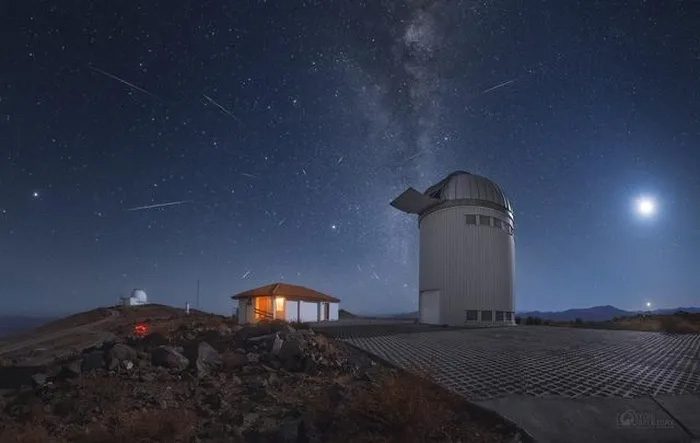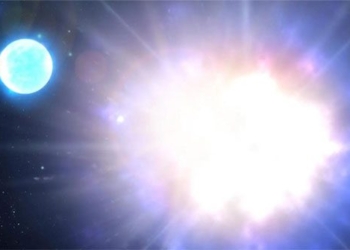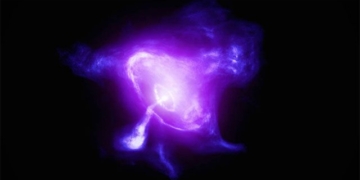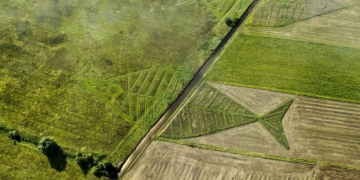According to the Hanoi Astronomy Society (HAS), this April, astronomy enthusiasts will have the opportunity to observe the new moon, the oldest meteor shower, the Lyrids, and the pink moon…
April 9 – New Moon
The moon will be on the same side of the Earth as the sun and will not be visible in the night sky. This phase occurs at 01:22 (Vietnam time). This is the best time of the month to observe faint objects such as galaxies and star clusters due to the absence of moonlight interference.
April 22-23 – Lyrids Meteor Shower
The Lyrids meteor shower typically produces about 20 meteors per hour at its peak. This annual meteor shower occurs from April 16 to April 25, with this year’s peak falling on the night of April 22 into the early hours of April 23. These meteors can sometimes create bright streaks lasting several seconds. Unfortunately, the bright light of the full moon will obscure all but the brightest meteors on that night. However, with patience, you can still observe some with the naked eye. The best time for observation will be after midnight. The meteors will radiate from the constellation Lyra and can appear anywhere in the sky.

Lyrids meteor shower illuminating the night sky in April.
The Lyrids are one of the oldest meteor showers observed by humanity. The earliest documented accounts of this phenomenon date back 2,500 years.
We can observe this phenomenon with the naked eye by identifying the constellation Lyra, which can be found by locating the three brightest stars in the eastern sky. It is essential to have a cloudless sky, minimal light pollution, a comfortable and safe observation spot, and, most importantly, patience. Under ideal conditions, you may see no more than 20 meteors per hour.
The best way to observe the Lyrids meteor shower is to choose a time after midnight. Observers should look towards the Northeast, where the constellation Lyra is located. For easier observation, it is recommended to lie down and look straight up to take in the expansive sky.
Transportation, streetlights, and high-rise buildings in urban areas can cause light pollution and obstruct visibility. Therefore, astronomy enthusiasts should choose a clear, open area away from city lights for meteor shower observation.
April 24 – Full Moon
The moon will be on the opposite side of the Earth from the sun, and its surface will be fully illuminated. This phase occurs at 06:50 (Vietnam time). This full moon is known as the Pink Moon by the first Native American tribes because it marks the emergence of the pink moss phlox or wild phlox, one of the first flowers of spring. This moon is also referred to as the Grass Moon. Many coastal tribes call it the Fish Moon because this is the time when Shad fish swim upstream to spawn.





















































